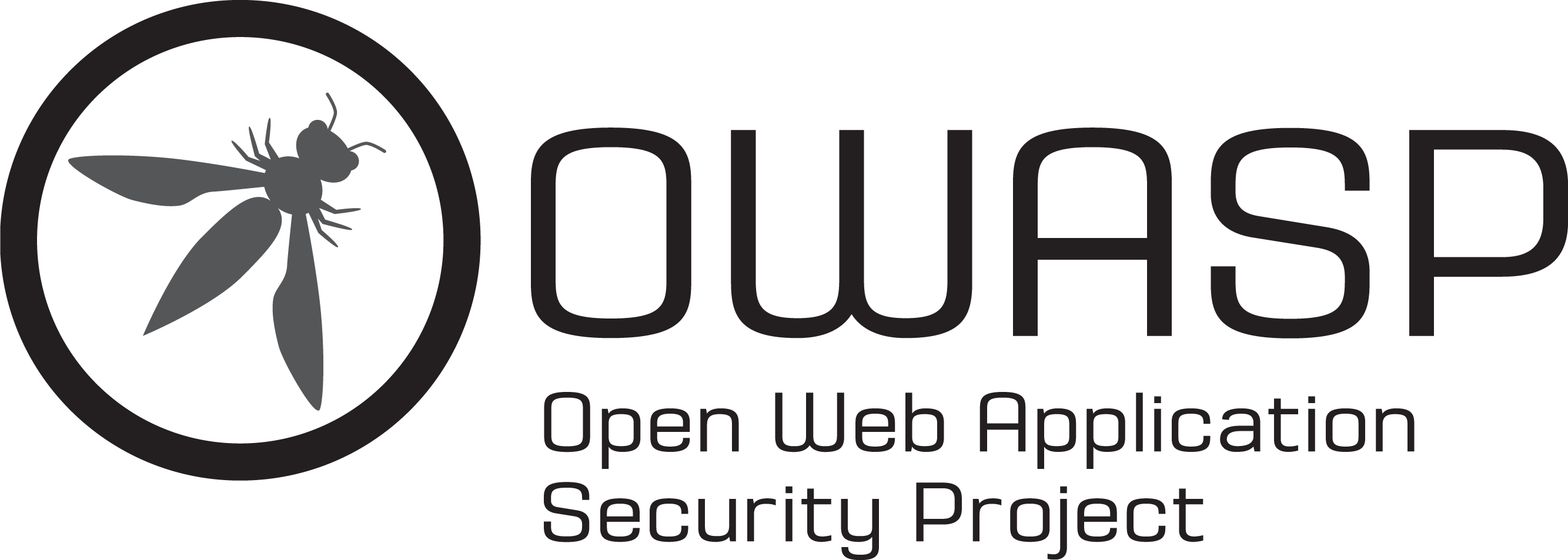OWASP Top 10

Executive Summary

The OWASP Top 10 is a standard awareness document for developers and web application security professionals, identifying the most critical web application security risks. By addressing these risks, organizations can significantly reduce the likelihood of web application attacks and protect sensitive data.

Introduction
Web applications are a ubiquitous part of modern life, providing access to a wide range of services and information. However, these applications also pose significant security risks, as they can be exploited to steal sensitive data, compromise user accounts, or even disrupt business operations.
The OWASP Top 10 is a comprehensive list of the most common and dangerous web application security risks. By understanding and addressing these risks, organizations can significantly improve their application security posture and protect their users and data from potential attacks.
FAQ
1. What is the OWASP Top 10?
The OWASP Top 10 is a standard awareness document that identifies the most critical web application security risks. It is maintained by the Open Web Application Security Project (OWASP), a non-profit organization dedicated to improving the security of web applications.
2. Why is the OWASP Top 10 important?
The OWASP Top 10 is important because it provides a comprehensive overview of the most common web application security risks. By addressing these risks, organizations can significantly reduce the likelihood of successful attacks and protect their users and data.
3. How can I use the OWASP Top 10 to improve my web application security?
There are several ways to use the OWASP Top 10 to improve your web application security. You can use it:
- To identify potential risks in your web applications
- To prioritize your security efforts
- To track your progress in improving your security posture
Top 5 Subtopics
Injection
Injection attacks occur when an attacker inserts malicious data into a web application, causing the application to execute unintended commands or access sensitive data.
- SQL Injection: Injects malicious SQL queries into a web application to manipulate or access the database.
- Command Injection: Injects malicious commands into a web application, allowing the attacker to execute arbitrary commands on the server.
- XML Injection: Injects malicious XML code into a web application, enabling the attacker to manipulate or access the application’s data.
- XPath Injection: Similar to XML injection, but specifically targets XPath queries, which are used to navigate and retrieve data from XML documents.
Broken Authentication
Broken authentication mechanisms allow attackers to gain unauthorized access to a web application by bypassing or manipulating authentication controls.
- Brute Force Attacks: Guessing passwords or other authentication credentials using automated tools.
- Credential Stuffing: Attempting to log in using previously stolen or leaked credentials.
- Session Hijacking: Stealing or intercepting a valid session ID, allowing the attacker to impersonate the legitimate user.
- Password Spraying: Trying common or easy-to-guess passwords against multiple user accounts.
Sensitive Data Exposure
Sensitive data exposure occurs when sensitive information, such as user credentials, credit card numbers, or personal data, is inadvertently exposed to unauthorized individuals.
- Cleartext Storage: Storing sensitive data in cleartext, without any encryption or hashing.
- Sensitive Data in HTTP Responses: Exposing sensitive data, such as session IDs or access tokens, in HTTP responses.
- Weak Encryption: Using weak or outdated encryption algorithms, which can be easily compromised by attackers.
- Improper Access Control: Implementing insufficient access controls, allowing unauthorized users to access sensitive data.
XML External Entities
XML external entity attacks exploit vulnerabilities in XML processing to retrieve and execute malicious content from external sources.
- XXE via HTTP: Attackers can exploit XML parsers that allow entities to be fetched over HTTP, potentially revealing sensitive information or executing arbitrary code.
- XXE via Local Files: Attackers can exploit XML parsers that allow entities to be fetched from local files, exposing sensitive files or granting unauthorized access to the server.
- XXE via Blind Injection: Attackers can exploit XML parsers that allow entities to be fetched via a blind injection, potentially leading to information disclosure or data manipulation.
- XXE via Remote Entities: Attackers can exploit XML parsers that allow entities to be fetched from remote sources, enabling unauthorized access to sensitive data or remote code execution.
Broken Access Control
Broken access control allows attackers to bypass intended access restrictions and perform actions that they are not authorized to perform.
- Vertical Privilege Escalation: Exploiting vulnerabilities to gain higher levels of access within the application.
- Horizontal Privilege Escalation: Exploiting vulnerabilities to gain access to other user accounts with the same level of privileges.
- Directory Traversal: Exploiting vulnerabilities to access files or directories outside the intended file structure.
- Path Traversal: Similar to directory traversal, but specifically targets files or directories that are located above the root directory of the web application.
Conclusion
The OWASP Top 10 is an essential resource for organizations looking to improve their web application security posture. By understanding and addressing the risks identified in the Top 10, organizations can significantly reduce the likelihood of successful attacks and protect their users and data from harm.
Relevant Keyword Tags
- Web Application Security
- OWASP Top 10
- Injection Attacks
- Broken Authentication
- Sensitive Data Exposure
- XML External Entities
- Broken Access Control
